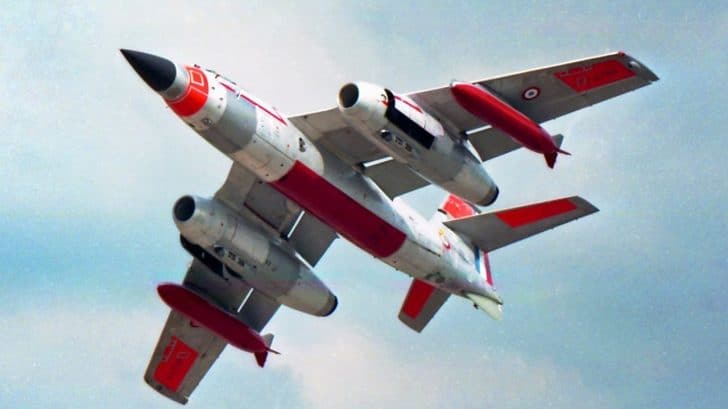After WWII, France was eager to re-establish its military prowess following a dark period in its history. A new era was about to come, starting with a revolutionary aircraft: the Sud-Ouest Vautour.
Jet-Powered Multirole Aircraft
Starting from scratch in 1951, the French Armee de l’Air issued a requirement for a jet-powered aircraft capable of fulfilling multiple roles, such as bomber, low-level attack, and all-weather interceptor.
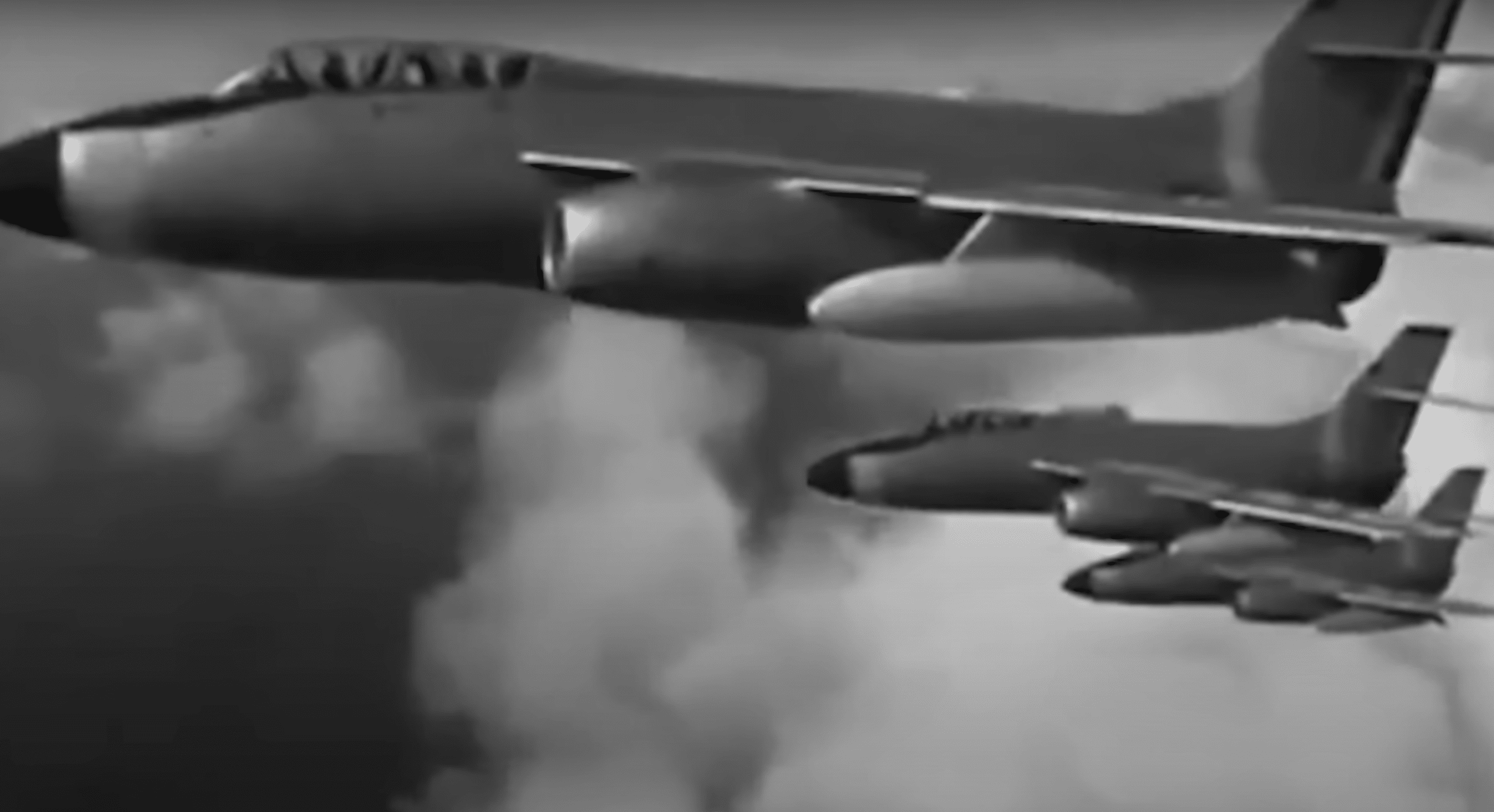
In response, the National Society of Aeronautical Constructions of the South-West or SNCASO, proposed their promising and existing SO 4000 design.
Following successful test flights of the prototype, the model demonstrated its flexibility in performing all of its designated roles, prompting France to proceed with further design development.
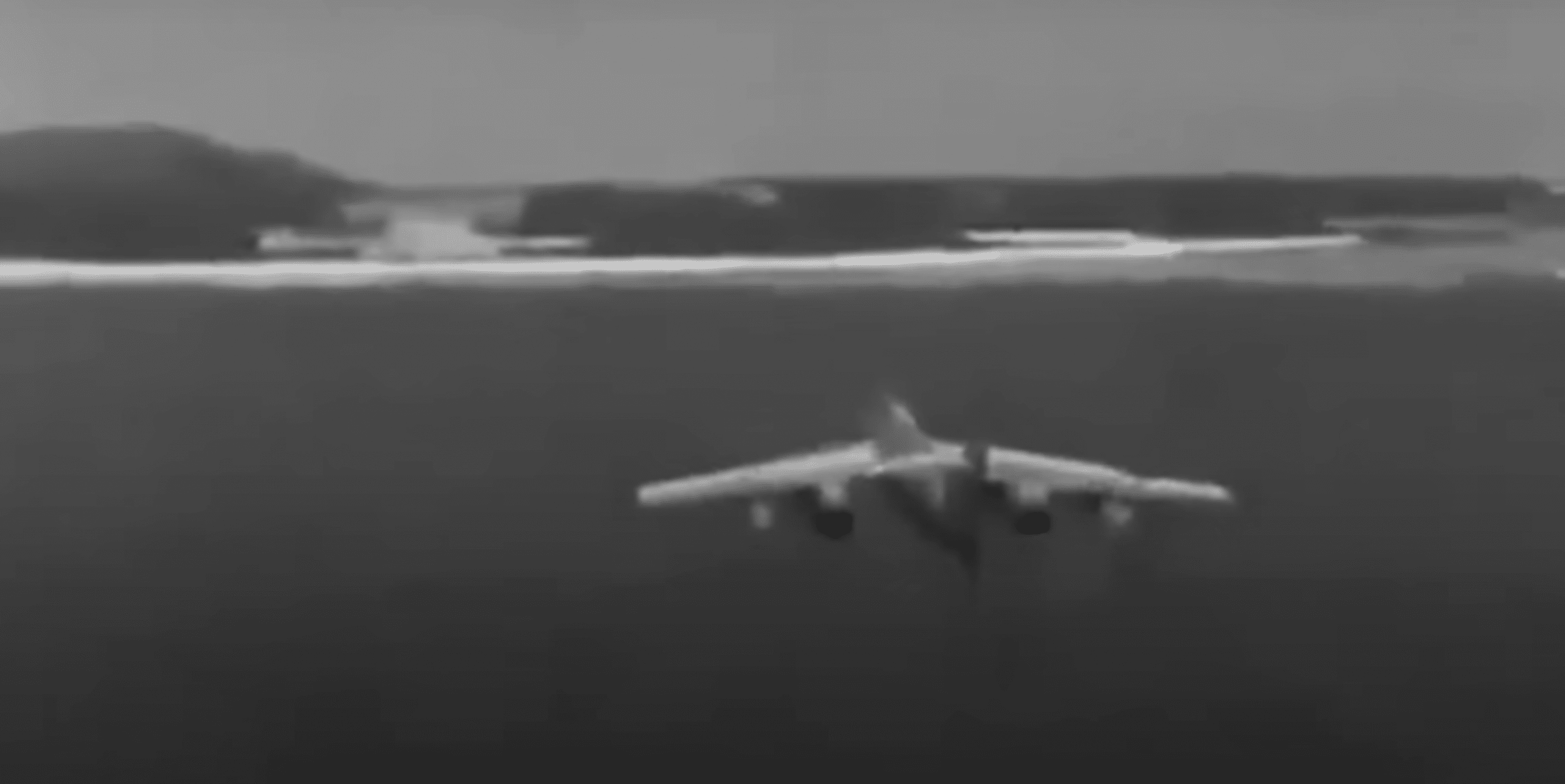
It was said that the Vautour was the most promising twin-jet military aircraft in 1950s Western Europe.
The Specifics
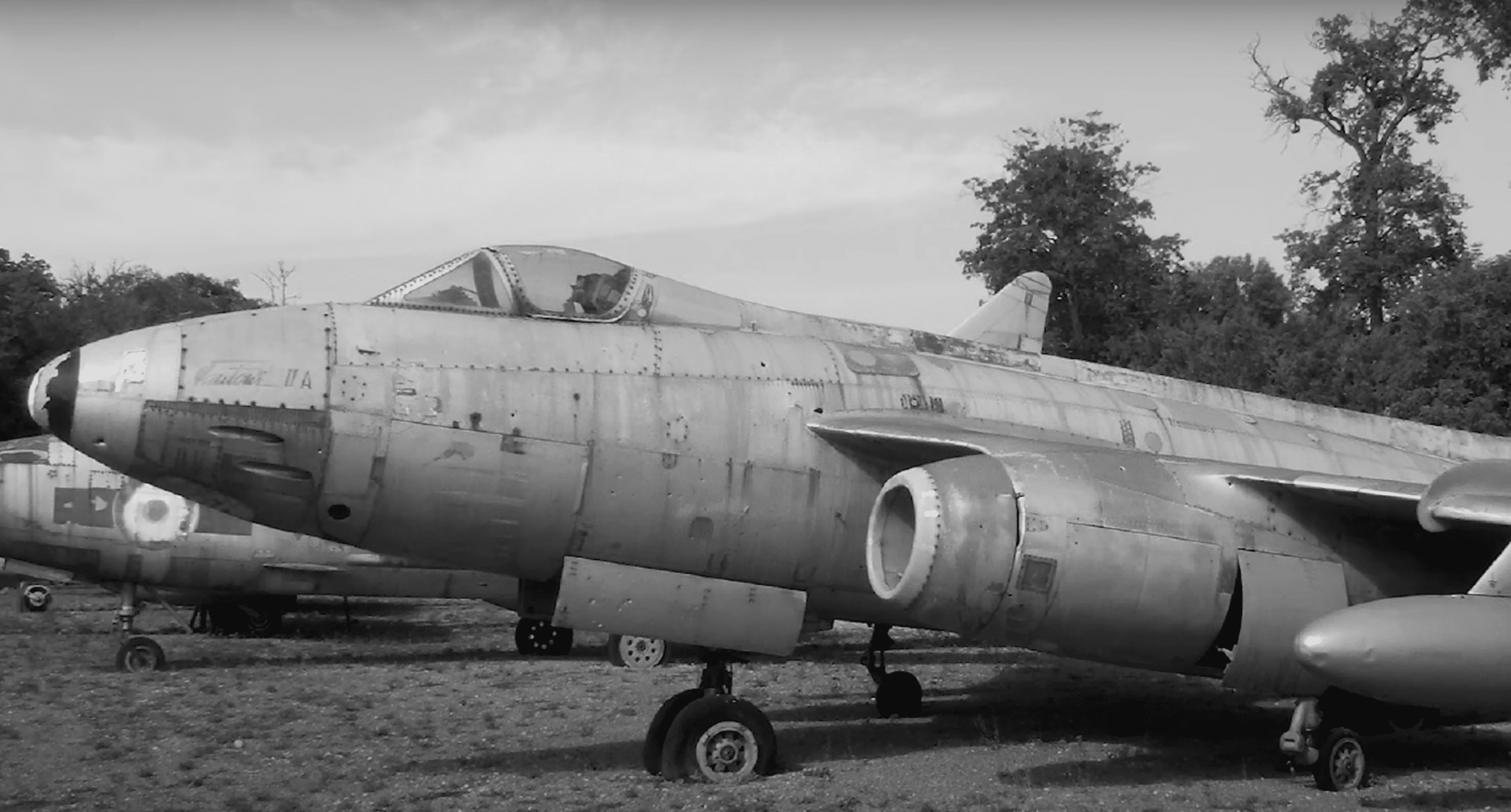
The Vautour was a medium-sized combat aircraft that had a basic shoulder-wing monoplane configuration, equipped with a swept wing and a flying tail.
Two SNECMA Atar 101 turbojet engines were housed in pods located underneath the wings. Meanwhile, most of the internal space in the center was dedicated to a 16ft weapons bay. However, the aircraft lacked radar systems and attack capabilities commonly found in similar contemporary aircraft.
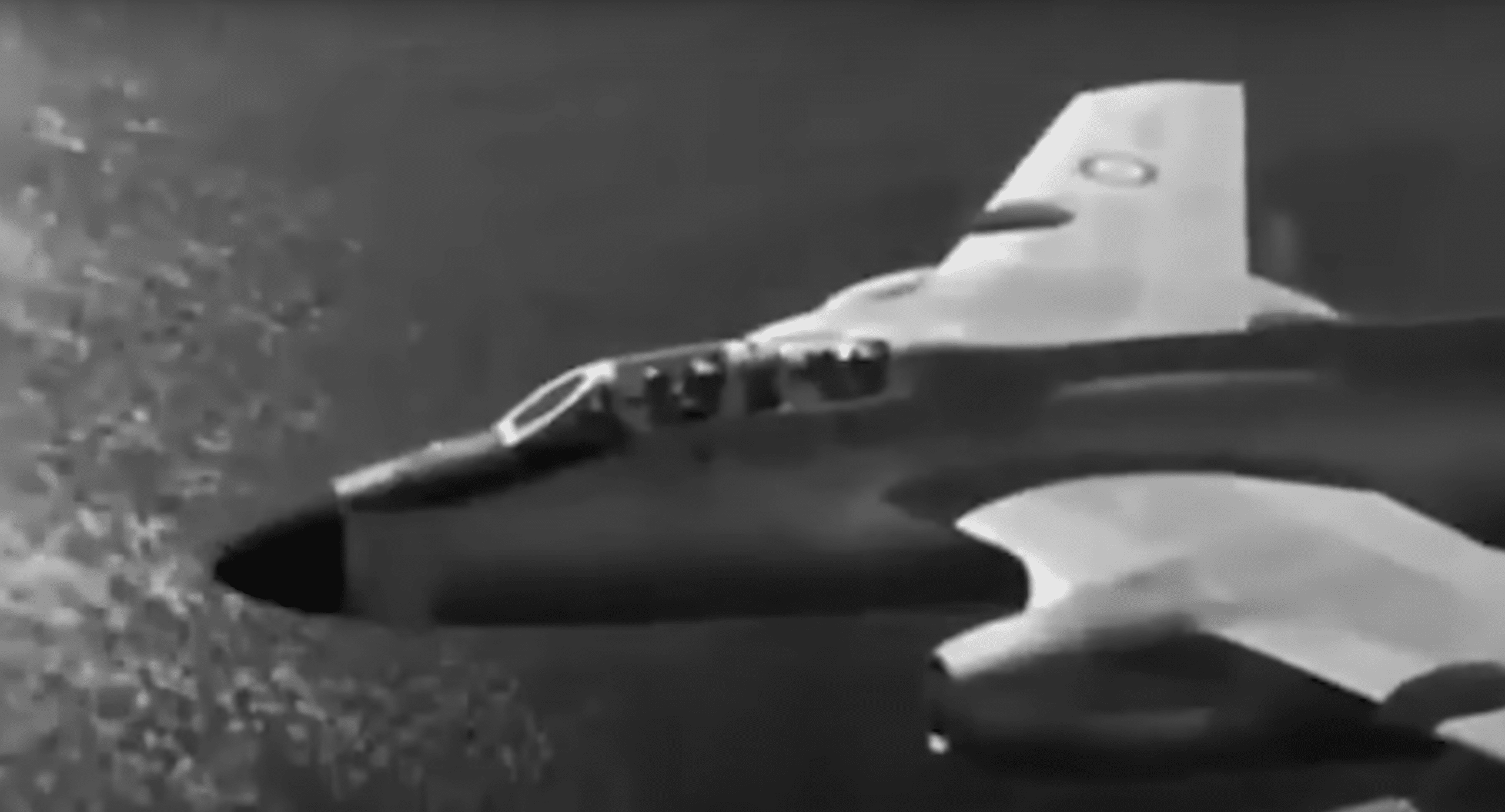
Moreover, a bombardier still aimed the weapons using a WWII-era Norden bombsight, while their seat was positioned within the nose to maximize visibility.
Three Major Variants
The model featured three major variants: the Vautour II-A attack aircraft, with four 20mm canons and bombs; the II-B dedicated bomber, with a redesigned glazed nose assembly for the bombardier; and the II-N night fighter, which incorporated an interception radar in the nose.
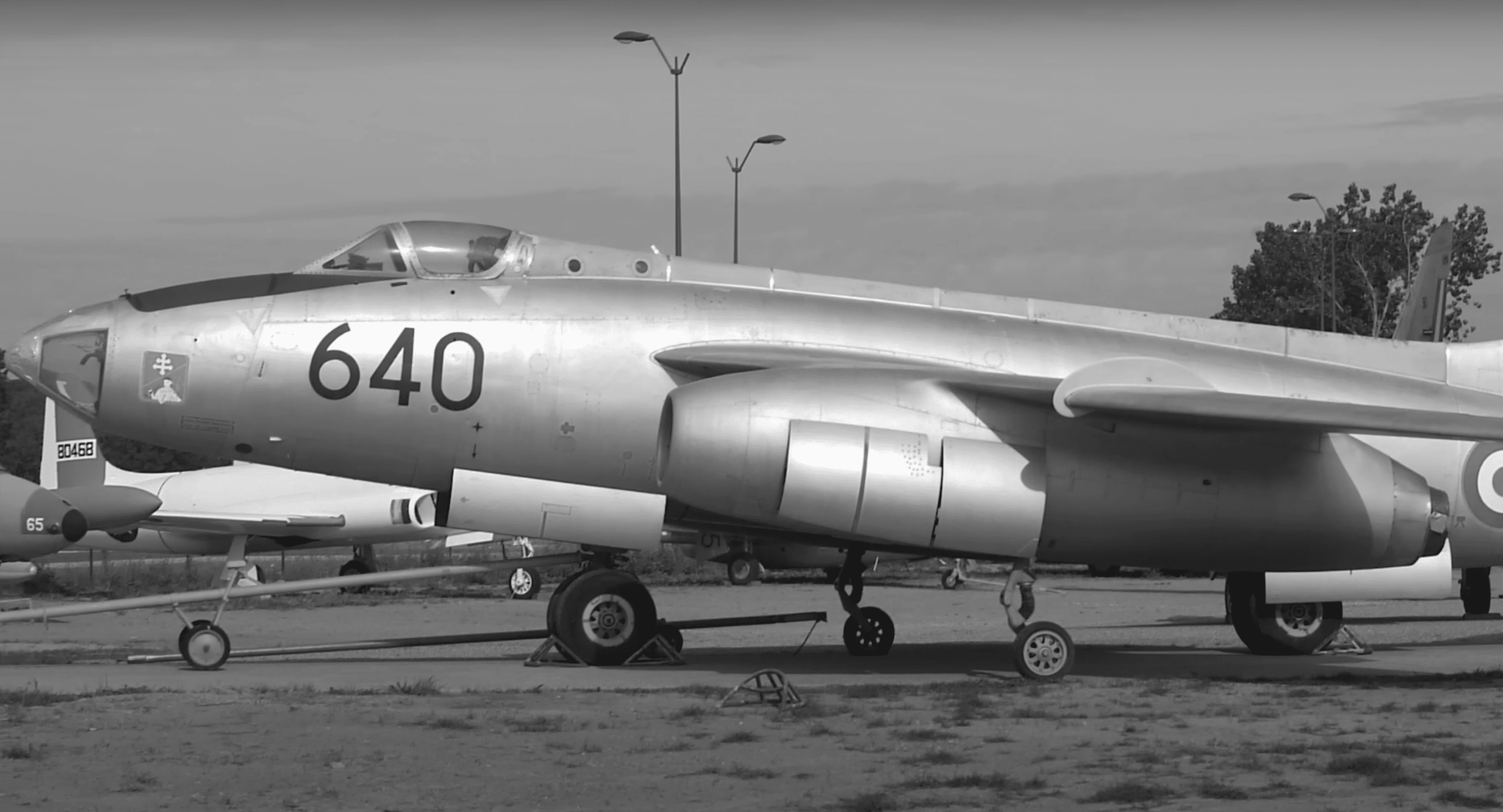
Four Vautour II-Bs, each capable of carrying a nuclear bomb, formed the original air-based component of the French Air Force’s Strike Force.
However, it was soon determined that the aircraft’s use as a strategic bomber was less than optimal.
The Cons
Even though it was seen as a competent aircraft, it never had sufficiently powerful engines. As an interceptor, the model was easily outclassed by newer designs. Its roles as a bomber and attack aircraft were hampered by the lack of an advanced attack radar and navigation systems, becoming a crippling limitation.
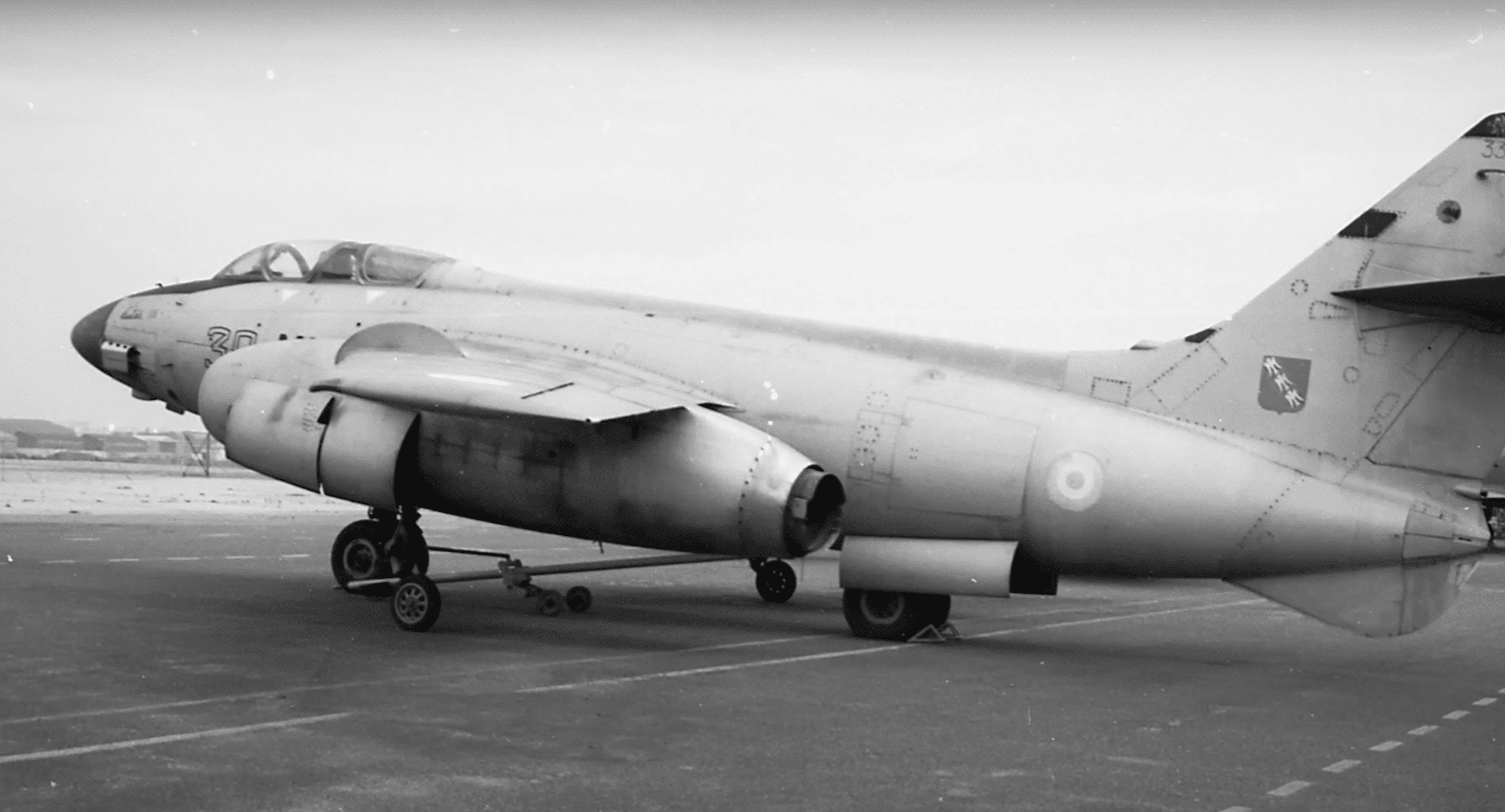
According to others, the aircraft was a stop-gap measure at best. Still, the aircraft entered service in 1958 and would remain there for several decades until 1970.
Operational Service
Although it never saw combat in French, it did see operational service with Israel. The country replaced the aging de Havilland Mosquito with the Vautour to counter Ilyushin Il-29 light jet bombers.
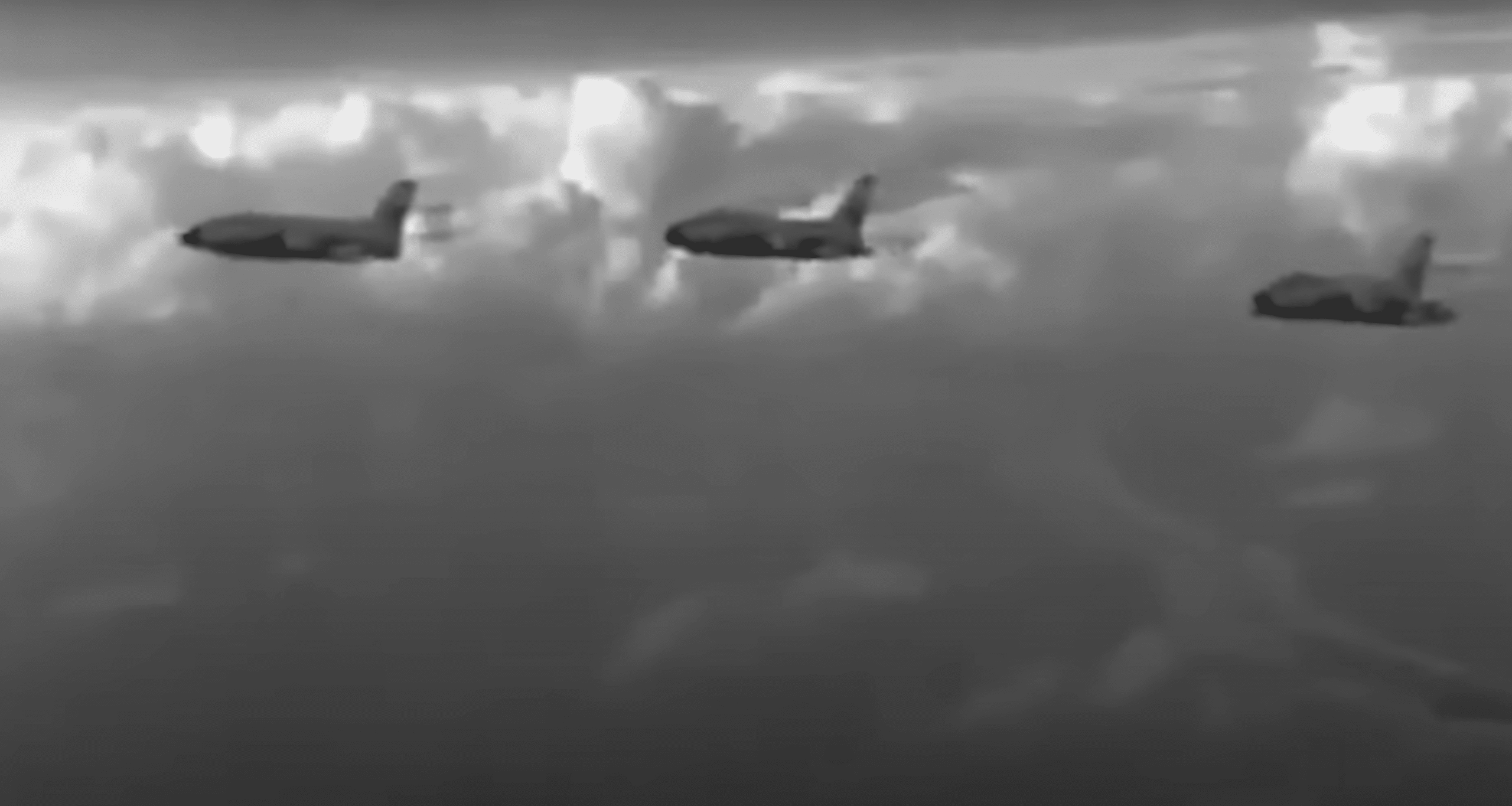
In Israeli service, the aircraft was armed with two 30mm cannons, up to four removable underwing rocket pods with 19 air-to-ground rockets each, 3,000 lbs of bombs, or even 232 68mm missiles housed inside the bomb bay.
4,000 lbs of bombs could also be mounted externally, while the bomb bay could be fitted with the AN-11 or AN-22, France’s first nuclear bombs.
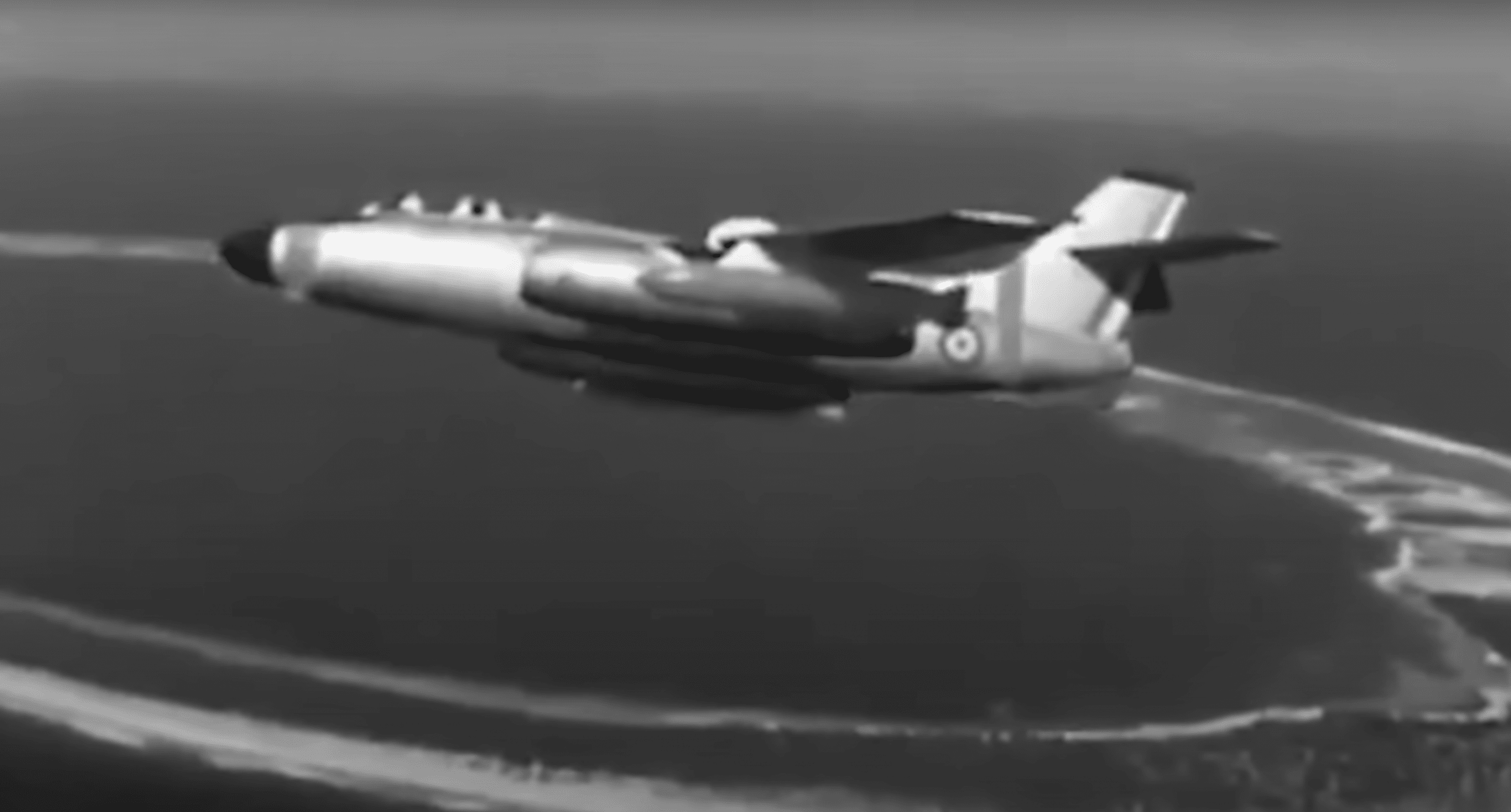
In total, only around 140 aircraft of all three types were delivered.


